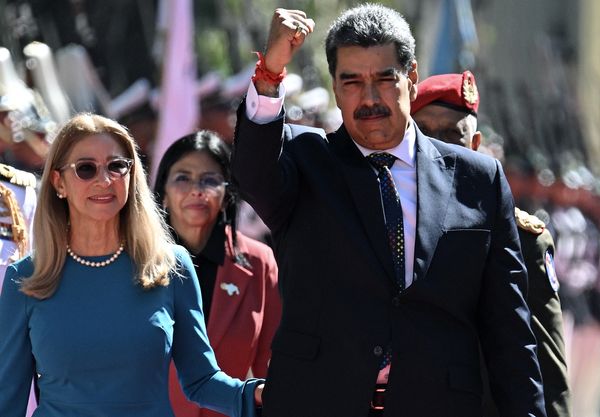
The Federal Reserve on Wednesday raised its benchmark interest rate for the 10th consecutive policy meeting, but it opened the door to a pause in its tightening cycle as concerns in the banking sector linger and economic-growth prospects fade.
The Fed lifted its federal funds rate by 25 basis points (0.25 percentage point) to a range of 5% to 5.25%, the highest since 2007, and said it's "determining" whether additional rate hikes will be needed as it remains "highly attentive to inflation risks."
Fed Chairman Jerome Powell said that while "a decision on a pause was not made today," the changes in the statement were nonetheless "meaningful", but stressed the Fed wanted to "achieve and then maintain" a level of interest rates that are "sufficiently restrictive".
The Fed also acknowledged simmering risks in the banking sector, following the failure of Silicon Valley Bank and the closure of Signature Bank in early March, as well as the sale of First Republic (FRC) to JPMorgan (JPM) earlier this week, but insisted the system is "sound and resilient."
US Banking System 'Sound and Resilient': Fed
"The U.S. banking system is sound and resilient. Tighter credit conditions for households and businesses are likely to weigh on economic activity, hiring, and inflation," the Fed statement said. "The Committee will closely monitor incoming information and assess the implications for monetary policy."
"In determining the extent to which additional policy firming may be appropriate to return inflation to 2% over time, the Committee will take into account the cumulative tightening of monetary policy, the lags with which monetary policy affects economic activity and inflation, and economic and financial developments," the statement added.
U.S. stocks pared modest gains following the Fed statement with the S&P 500 marked 16 points higher on the session while the Dow Jones Industrial Average slipped 35 points. The tech-focused Nasdaq was marked 67 points higher.
Benchmark 10-year Treasury note yields were marked 2 basis points higher at 3.411% while 2-year notes gained 3 basis points to 3.955%. The U.S. dollar index, meanwhile, was marked 0.4% lower at 101.403.
CME Group's FedWatch now suggests a 71.1% chance that the Fed will hold rates at 5% to 5.25% at its next policy meeting in June, with bets on a quarter-point rate cut in September rising to 46.2%.
"The Fed failed early on with inflation due to its grand-scale inaction. It was a hugely consequential miscalculation by the world’s most influential central bank," said Nigel Green, CEO of London-based deVeere Group.
“The Fed has now failed again, making another mistake, this latest interest rate hike, which could push the world’s largest economy not only into a short-term but a longer-term recession," he added. “Clearly, this would not only be a huge issue for the US, but the global economy too.”
Q1 Economic Activity Rose Modestly: Fed
Commerce Department data published last week showed the closely tracked core PCE price index for the first quarter, one of the Federal Reserve's favored inflation metrics, accelerated at a 4.9% pace, topping the 4.4% rate from late last year.
A separate report from the Labor Department showed its closely watched employment-cost index rose 1.2% over the first quarter, just ahead of the Street's 1.1% forecast. Private-employer wages were up 5.1% in March, the data indicated.
"Economic activity expanded at a modest pace in the first quarter," the Fed statement said. "Job gains have been robust in recent months, and the unemployment rate has remained low. Inflation remains elevated."
Cracks in the labor market are starting to appear, however, and that could lead to decelerating wage growth. That, in turn, would tame the persistent pressures in the Fed's closely tracked 'core services ex-housing' inflation metric.
Data from the Labor Department yesterday showed a marked decline in March job openings, with the Job Openings and Labor Turnover Survey, better-known as the JOLTs report, indicating 9.59 million unfilled vacancies. That's a near record decline from last year's total and down 384,000 from the upwardly revised February total of 9.931 million.
Layoffs were also on the rise, surging by 248,000 in March to 1.8 million, the highest in two years.
Friday's nonfarm-payrolls report is expected to show a net gain of 180,000 new jobs with only a modest easing in wage pressures as average hourly earnings rise 4.2% on the year and 0.3% on the month.
Get exclusive access to portfolio managers and their proven investing strategies with Real Money Pro. Get started now.







